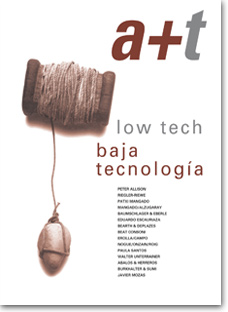
Low Tech
a+t 9
ISSN 1132-6409
1997
English/Spanish (23.5 x 32 cm)
136 Pages
CD Version: 18.00 €
Choose version
- CD Version: 18.00 €
Destination
Choose your country to calculate the shipping costs
Architecture has always maintained a lovehate relationship with technology. On occasions it has come close to the more advanced techniques used in industrial production but on others, in reaction, it has returned to the origins of the primitive hut. Architecture has always moved up and down the wide spectrum of technology, depending on the architect's knowledge or the degree of technological development of the country in question at the time. However, today the choice of degree
of technology in architecture is closer to a philosophical attitude than an approach conditioned by the available information on the
building materials or systems available to theagents producing it.
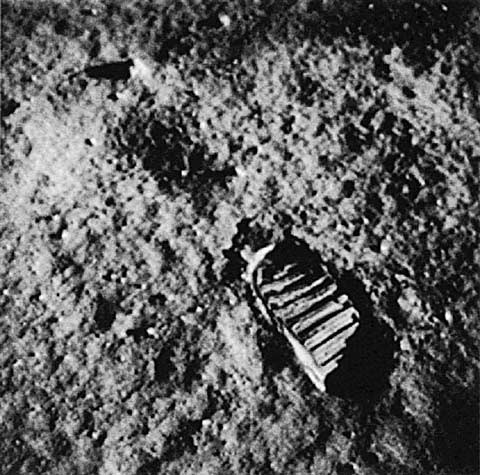
...Architecture has always maintained a love-hate relationship with technology. On occasions it has come close to the more advanced techniques used in industrial production but on others, in reaction, it has returned to the origins of the primitive hut. Architecture has always moved up and down the wide spectrum of technology, depending on the architect\'s knowledge or the degree of technological development of the country in question at the time. However, today the choice of degree of technology in architecture is closer to a philosophical attitude than an approach conditioned by the available information on the building materials or systems available to the agents producing it...
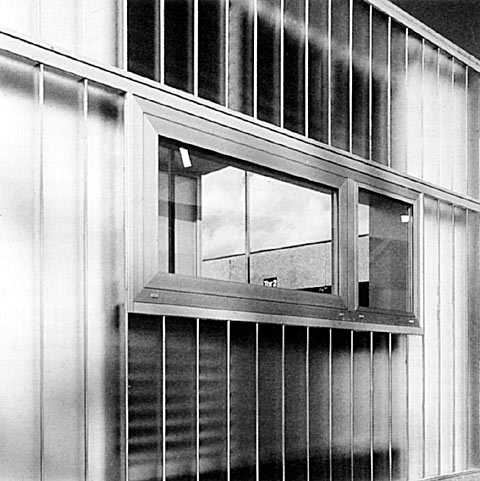
...In Central Europe, the term neue Einfachheit seems to be coming into its own in order to group current architectures that point towards a new simplicity.
New reviews of rationalism have appeared in countries with a deep-rooted gothic tradition, such as Switzerland, Austria, Germany, and even Great Britain. Some recent reviews relate this fact to the 20th century avant-gardes. Nevertheless, in my opinion, these architectures are more closely related to certain architecture which arose around the 1950’s than to the avant-gardes. The consolidation from the postwar period onwards of the so-called second nature, this one man-made, directly affects current architecture: i.e., the reconsideration of industrialization, of economy, and environment. Nowadays, this fact allows architectural positions pointing towards austerity, tinged with morality in the avant-gardes, to range from pragmatism to ecological consciousness...
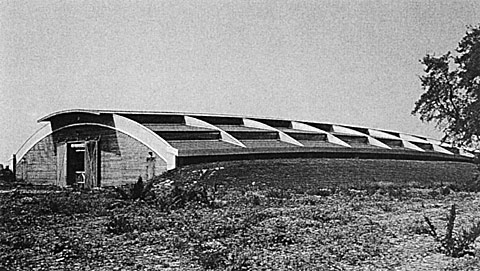
...Carlo Baumschlager and Dietmar Eberle do not care for theories. They make no attempt to answer the question: What is architecture? To the contrary, their efforts are channelled toward designing and constructing buildings. To do so, they have organised their office along the lines of a business, applying production techniques. They have analysed the real costs for each constructive solution, and this provides them with immediate knowledge (by applying the modules they have designed and established for this purpose) of the budget per square metre for their buildings. In this sense, they have no reservations in recognising the aid offered by CAD systems in simplifying repetitive tasks and as a means of unifying solutions. Each constructive detail should not be newly invented. Instead, why not make use of the usual methods which have been studied and approved on previous occasions? “Everyone (architects) is in the belief that they are obliged to design a new banister, or new windows, but this is utter nonsense”...

...The term ‘low tech‘ brings to mind a nonchalant attitude of towards technology although not necessarily uninvolved with the cultural aspects it entails. A ‘low-tech‘ approach to architecture may be simply a working style firmly rooted in the present and the way one relates to things which are common today, as well as a practical and active use of modern means. We do not think technology in itself should necessarily interest architects, but rather the way in which this is understood and dealt with by users, or in other words, the way in which it is converted into common heritage, and consequently culture. It is a question of establishing the identity of the architect and the user, and sharing their distance and their enthusiasm equally...

...The series of sections shown here1, demonstrates that a causal relationship between the respective constructional methods chosen –windscreen timber construction, nonbearing frame construction, timber-clad solid concrete construction– and architectural expression does not exist; rather, it is possible to recognize a kind of ‘tectonic potential’2. This potential is couched in terms specific to each design, as the historical commentary attempts to demonstrate.
The following thoughts are consciously restricted to constructional and conceptual questions and serve as a sort of technical commentary on the comparative sections...

















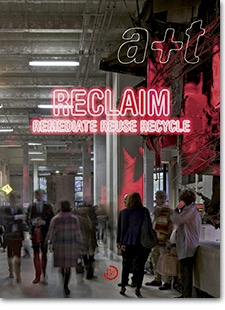


 I've read and agree to
I've read and agree to 


